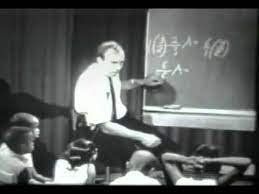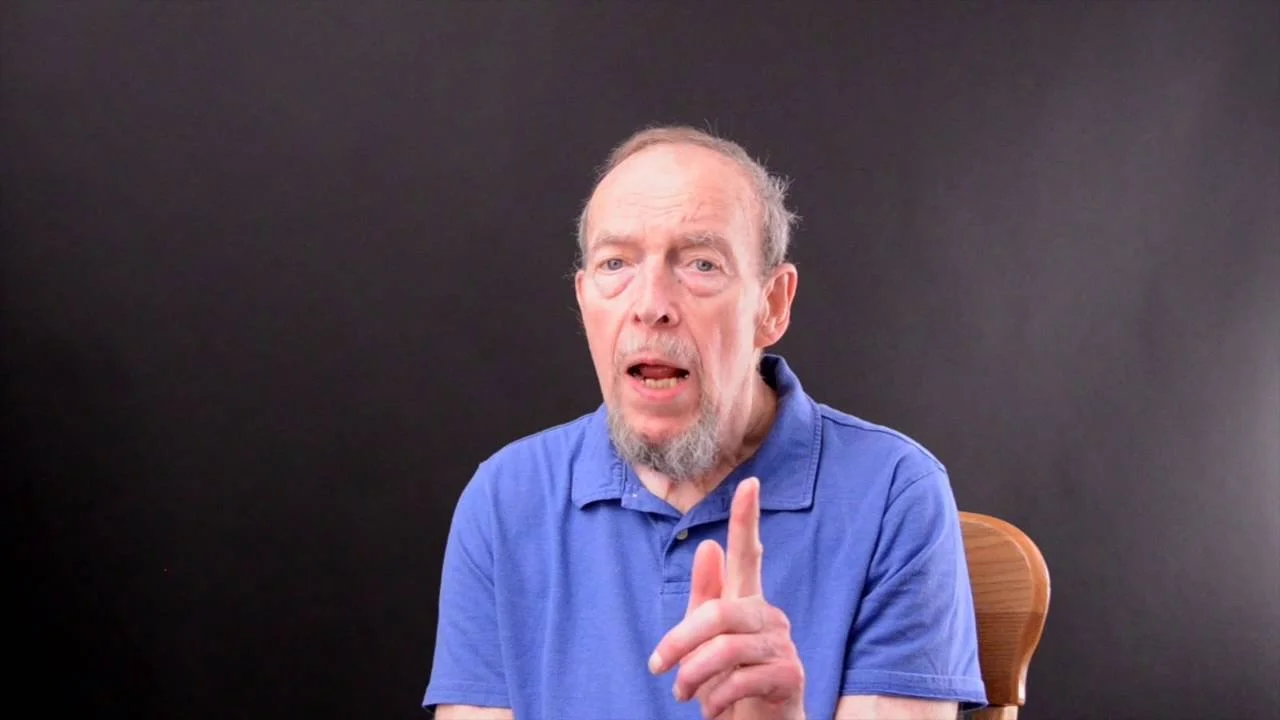The Science of Writing must include this brilliant idea
Small things are not always small. A microscopic virus can close down airports, schools and businesses. An invisible atom can be made into the most destructive weapon. A tiny seed grows into a towering tree.
And yet, the tiniest things get underestimated, overlooked, or trampled.
In this post, I invite you to look at a seemingly small idea from an educator whose name may be unfamiliar to you.
This educator, Siegfried (Zig) Engelmann, began to study how children learn in the early 1960’s, when he was working as an advertising executive and tasked with studying how many repetitions it would take for a child to remember something.
Working with small groups of kids led him to realize that education was his calling, and he developed out of the box methods that were extremely effective, including teaching algebra to 5 and 6 years olds in ways that had them jumping out of their seats with excitement.
In the following quote from education blogger Jon Gustafson, here’s a challenge for you.
Find that tiny but potent idea I referred to at the beginning. Ready? Read.
“Engelmann would go on to develop Direct Instruction System for Teaching Arithmetic and Reading (DISTAR) in the 1960s, which was characterized by carefully sequenced curriculum, teacher scripts, unison choral responses, and regular assessments…
“Engelmann’s (1999) Student Program Alignment and Teaching to Mastery paper identified the 85:15 split as a key component of an effective mastery learning program. In the paper, Engelmann argued that teachers should gradually develop student mastery in all lessons by presenting material in small, incremental steps.
“A program design that supports mastery does not present great amounts of new information and skill training in each lesson. Rather, work is distributed so new parts in a lesson account for only 10–15 percent of the total lesson. The rest of the lesson firms and reviews material and skills presented earlier in the program.”
“Engelmann noted that the emphasis on mastery and review is in contrast to the typical curriculum characterized by topical or thematic units with little if any connections made between lessons or units.
“Students will work on a particular unit for a few days and then it will be replaced by another unit that is not closely related to the first and that does not require application of the same skills and knowledge.”
Yes! You got it. The idea that could change the way we teach is simple and common sense, yet rarely found in curriculum. It’s the 85:15 split in how much new information is introduced in each lesson, and the idea of teaching to mastery. Jon’s post goes into detail about how this impacted his teaching, and I hope you will take 5-10 minutes to read the article in it’s entirety.
The effectiveness of introducing new information gradually and allowing students enough practice to master skills (along with other innovative aspects of Direct Instruction) became evident in 1977. Zig’s Direct Instruction system had been put to the test in a huge 10-year study from 1968-77 called Project Follow Through. The results were controversial. Direct Instruction was the clear winner in all aspects of the study, but because it went against the grain of educational policy in the US, the results were never fully disseminated.
Once again, the seemingly small but brilliant idea that could change how all curriculum is written:
“A program design that supports mastery does not present great amounts of skill training and new information in each lesson. Rather, work is distributed so new parts in a lesson account for only 10-15 percent of the total lesson. The rest of the lesson firms and reviews material and skills presented earlier in the program.”
-Zig Engelmann
When you read over the statement above, do you find yourself saying “Well, duh!” ? You may assume that since this makes so much sense, most curriculum would be written this way.
But even though it makes sense, just the opposite is the norm in the most curricula: lots of new information introduced quickly and for a brief period before moving on to more new information. This is true for how we teach writing to kids, as well as all other subject areas.
This gem of wisdom from Zig Engelmann is one of the cornerstones of the Growing Writers philosophy, and one of the reasons I consider it to be based in the Science of Writing, because Zig studied the science of learning deeply. (He is the only one to have formulated a scientific Theory of Instruction)
In 2015 I was honored to have Zig look over the writing curriculum I was working on and give me feedback. I had met him in person at the DI Conference in Eugene that summer and sent him an email later that year asking if he could critique my work. Out of the kindness of his heart, he said he would – and I sent off a box with my three ring binder of Growing Writers in progress. His response: keep up the good work, but double the amount of practice.
Of course that would be his response. And of course I followed his sage wisdom.


